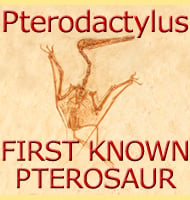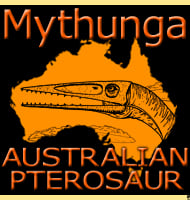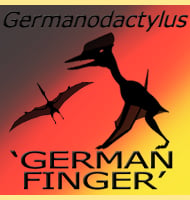Hamipterus
In Depth Ancient animals, especially pterosaurs are often known from only a few bones, and then often poorly preserved. The pterosaur Hamipterus however is very different. Not only is the complete animal known, but fossil remains of dozens, maybe even hundreds have been discovered. These include soft tissue impressions and eggs. This has all come … Read more


